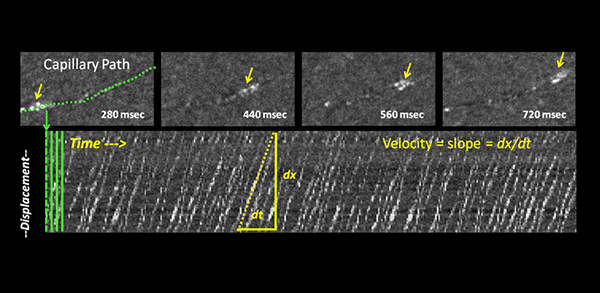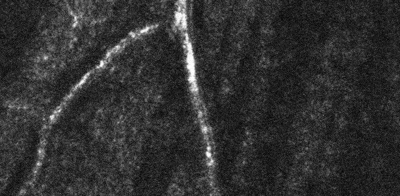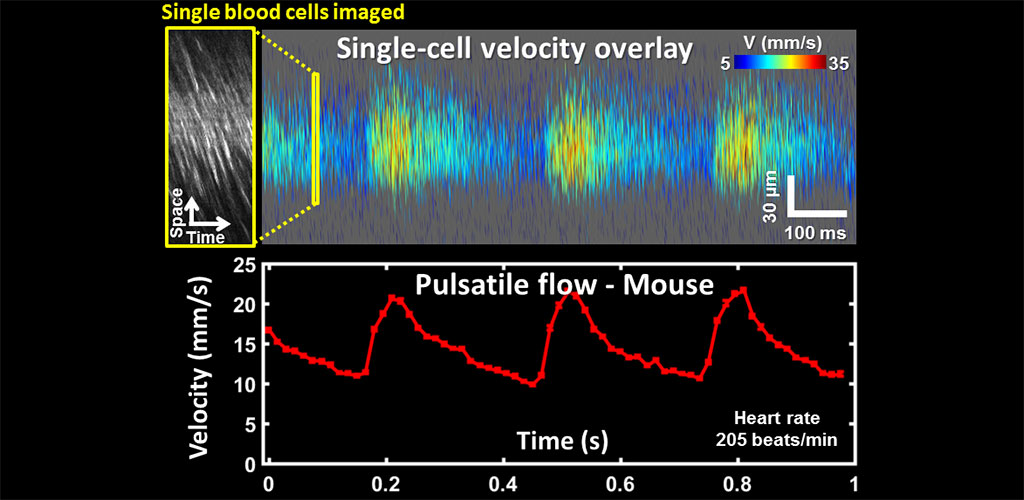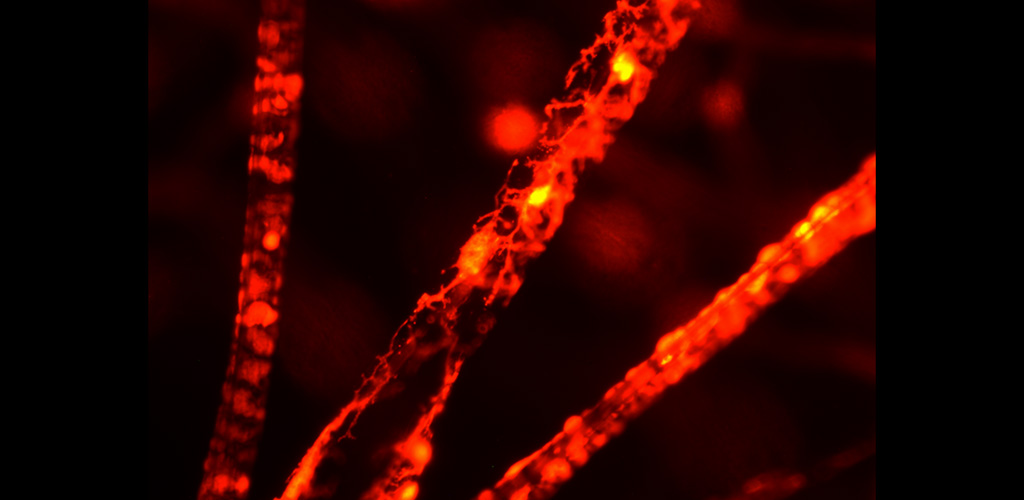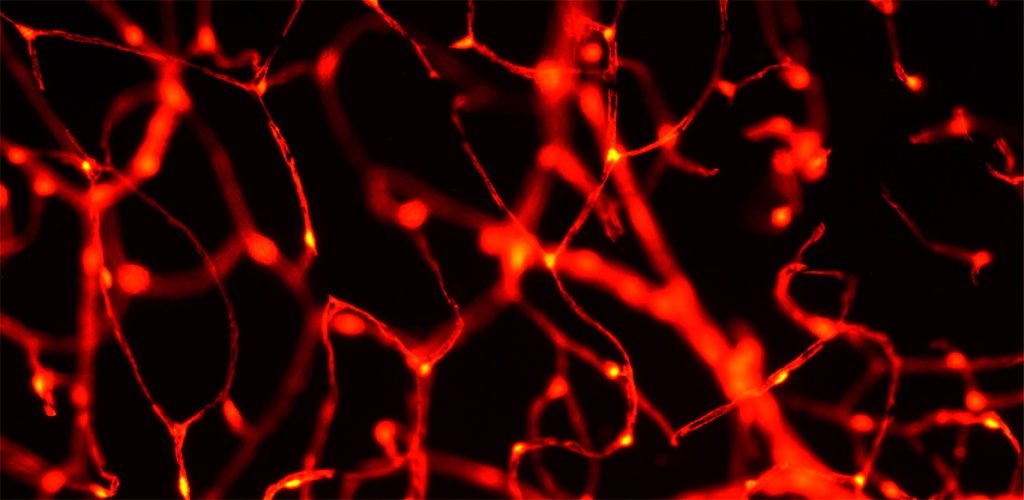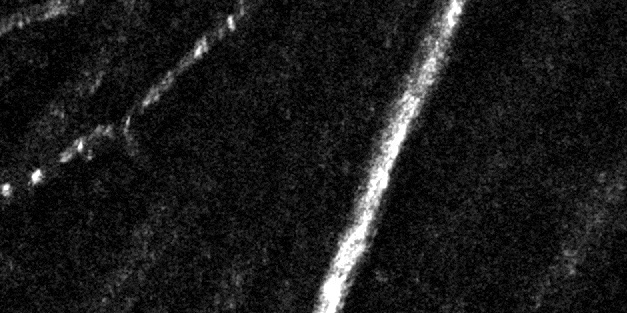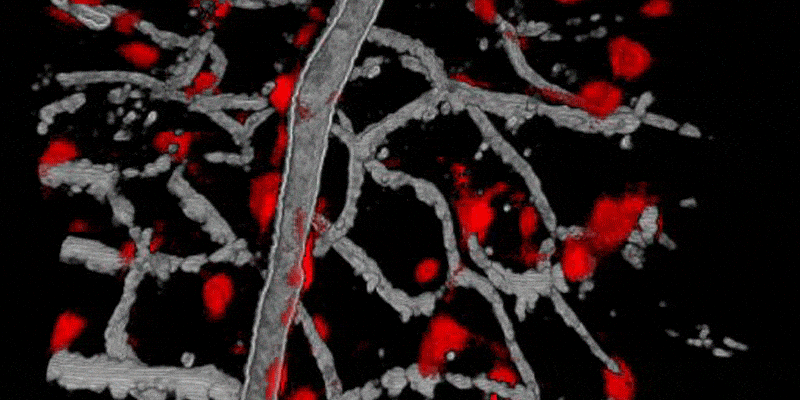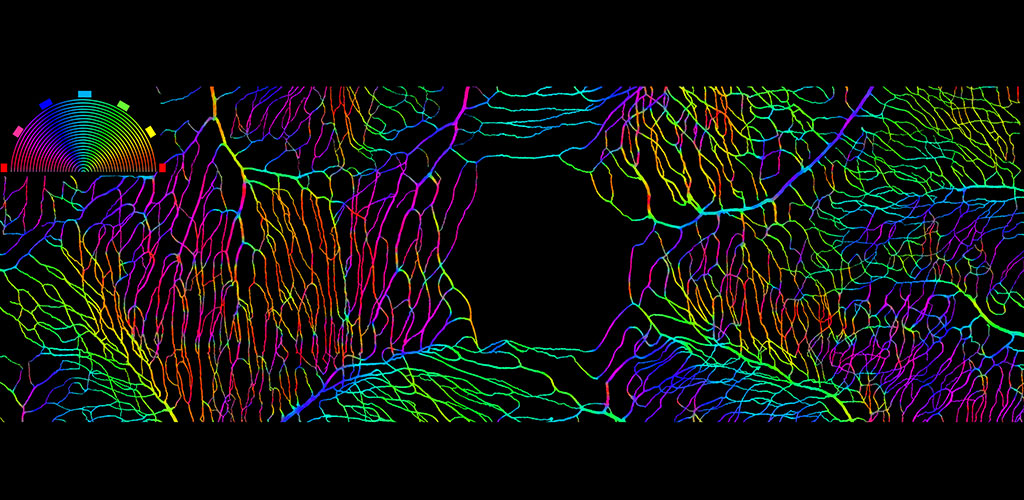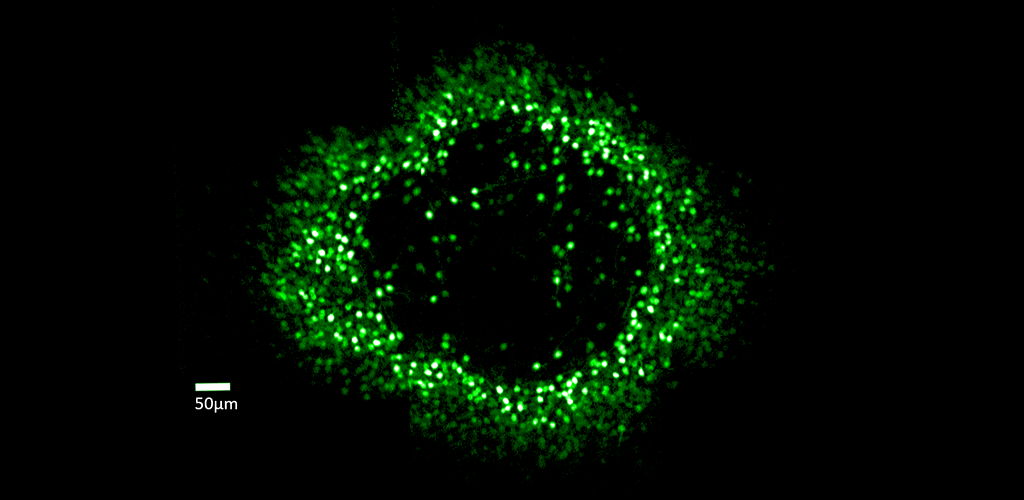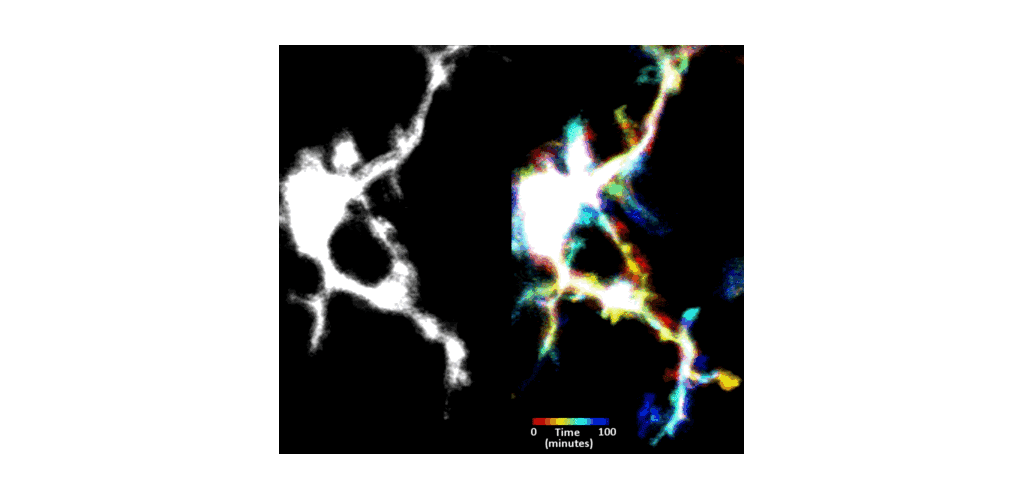Image Gallery

Sparse arrangement of horizontal cells imaged with label-free split-detection. Guevara et al. 2015. PDF
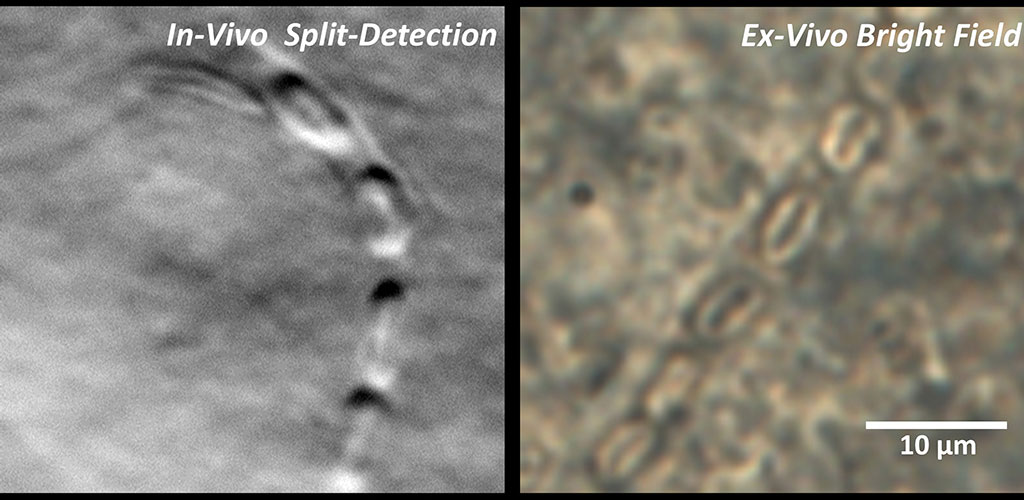
Phase-contrast image of red blood cells inside a retinal capillary in the living mammal. Guevara et al. 2016. PDF

Red blood cells parachute through retinal capillaries seen with label-free split-detection imaging. Imaging with fluorescein shows labeled plasma with gaps when blood cells pass. Guevara et al. 2016. PDF

Red blood cell packing and flow in capillaries of the living eye. Guevara et al. 2016. PDF

Split-detection in different layers of the retina shows the multilayered arrangement of photoreceptor somas and inner and outer segments below. Guevara et al. 2015. PDF
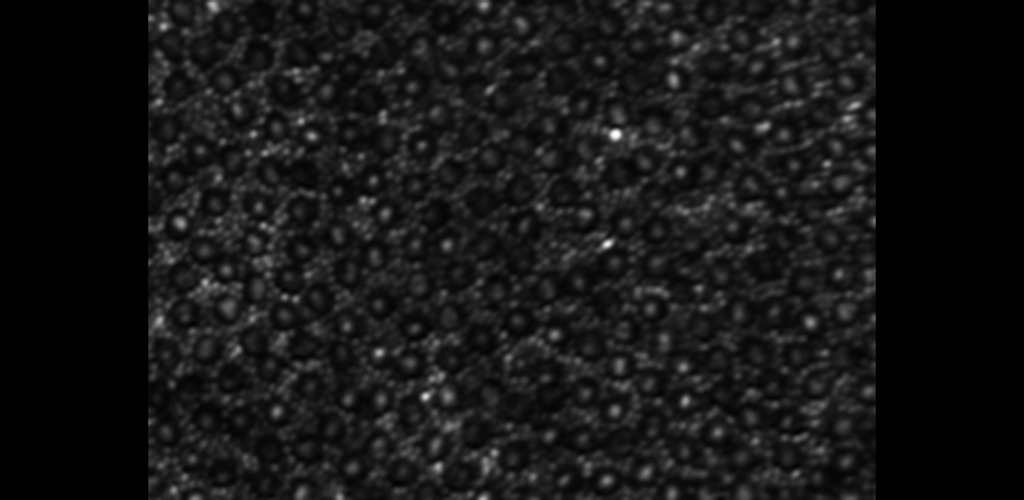
Human Retinal Diseases: Image of rods and cones

Human Retinal Diseases: AMD Geographic Atrophy
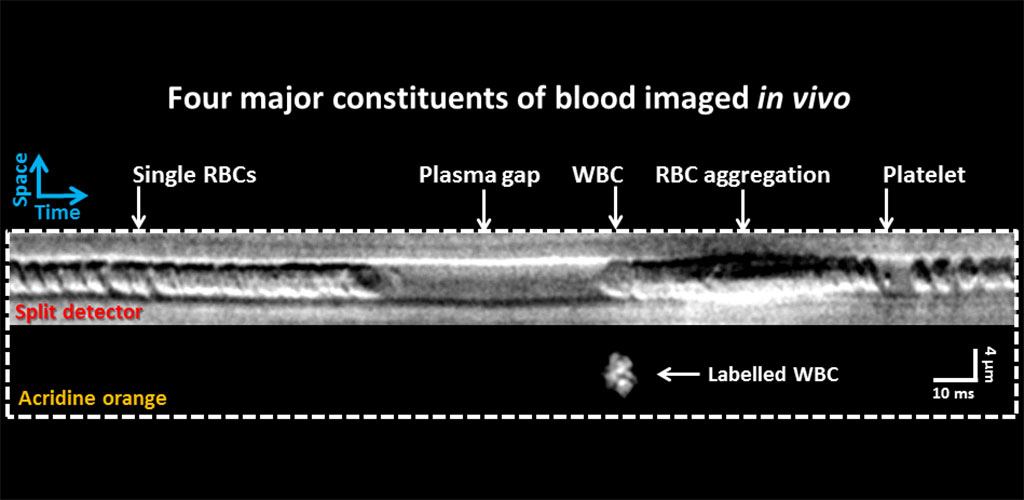
Immune Cell Imaging: In vivo flow cytometry. Joseph et al. ARVO e-abstract 2016
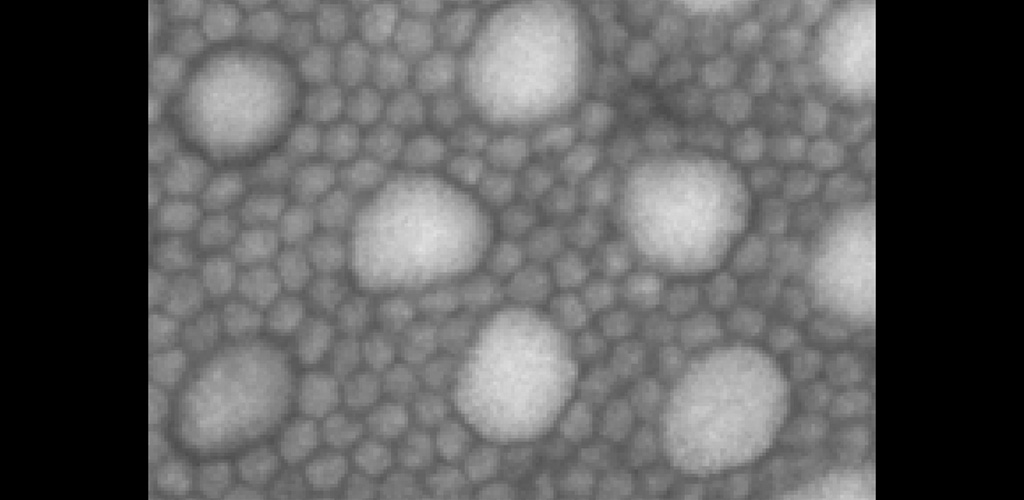
Two-photon Imaging of the Retina: Two-photon ex vivo image of photoreceptors in macaque macular region
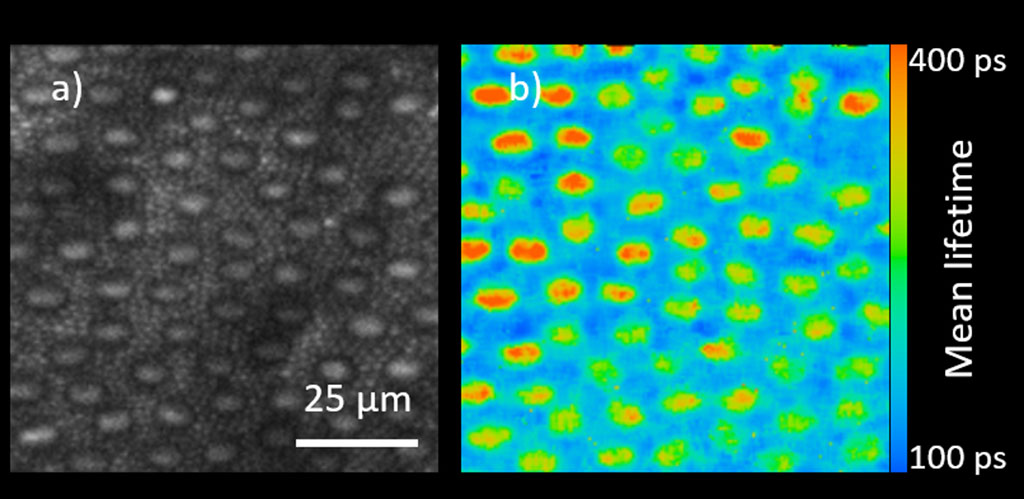
Two-photon Imaging of the Retina: In vivo macaque photoreceptor TPEF intensity (a) and corresponding AOFLIO (b) images displaying mean lifetime.
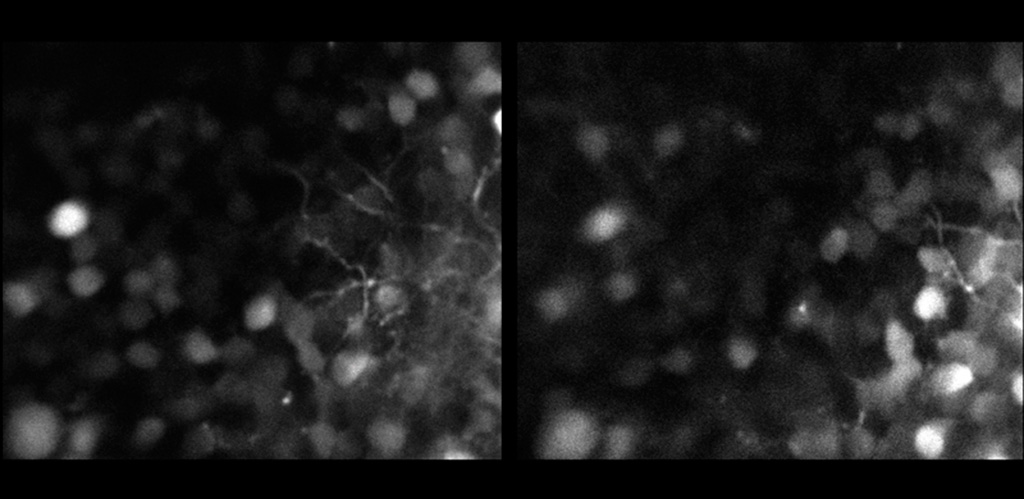
Two-photon Imaging of the Retina: Two-photon in vivo image of GFP-labeled ganglion cells in mouse. The two images are axially separated by 5µm
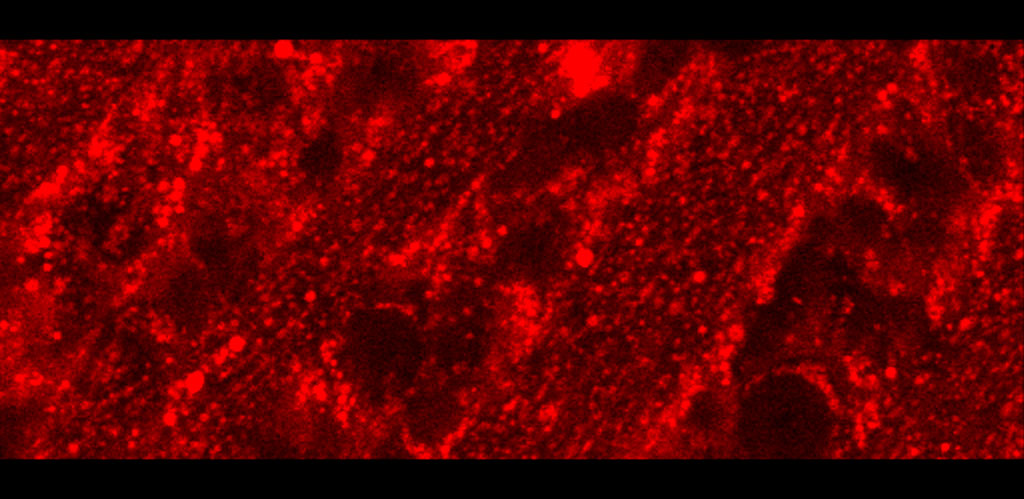
Two-photon Imaging of the Retina: Ex vivo two-photon microscopy image of ganglion cells below the nerve fiber layer
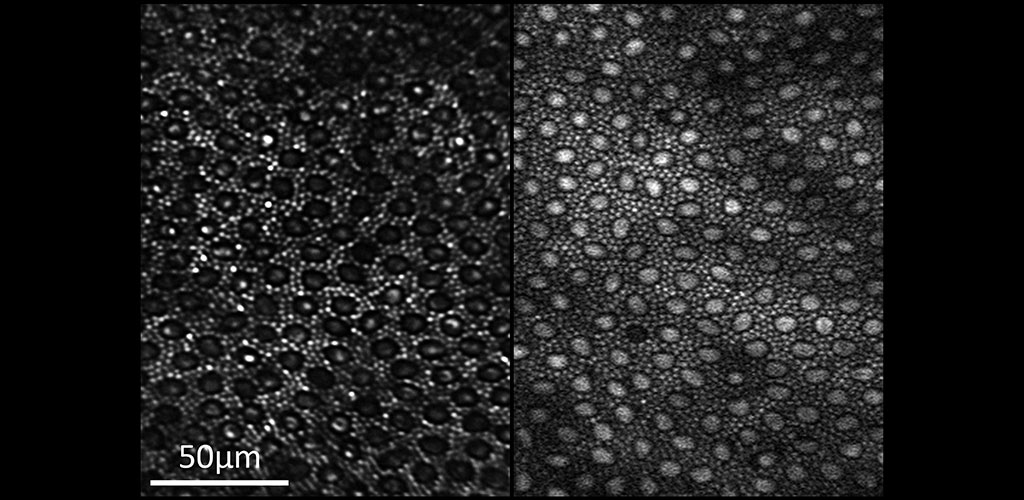
Two-photon Imaging of the Retina: Reflectance (left) and two-photon excited fluorescence (right) image of the photoreceptor mosaic in the living macaque eye. The main source of fluorescence is most likely all-trans-retinol.

Two-photon Imaging of the Retina: The image shows two-photon excited fluorescence captured from photoreceptors in the living macaque eye where selective S cone damage was induced at different time points.
